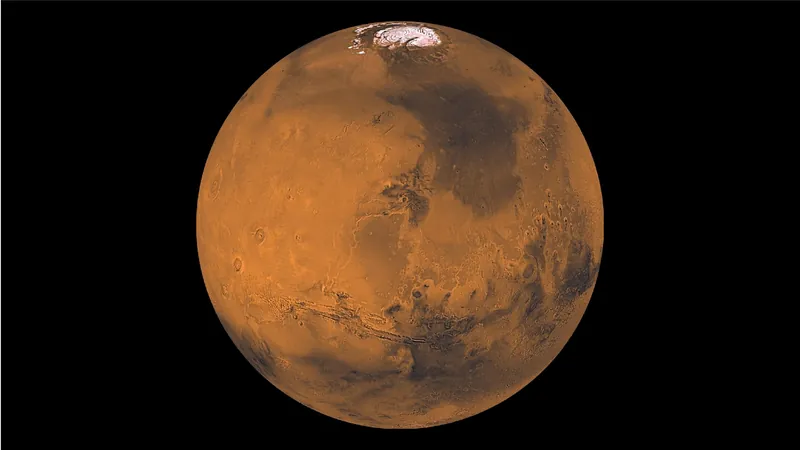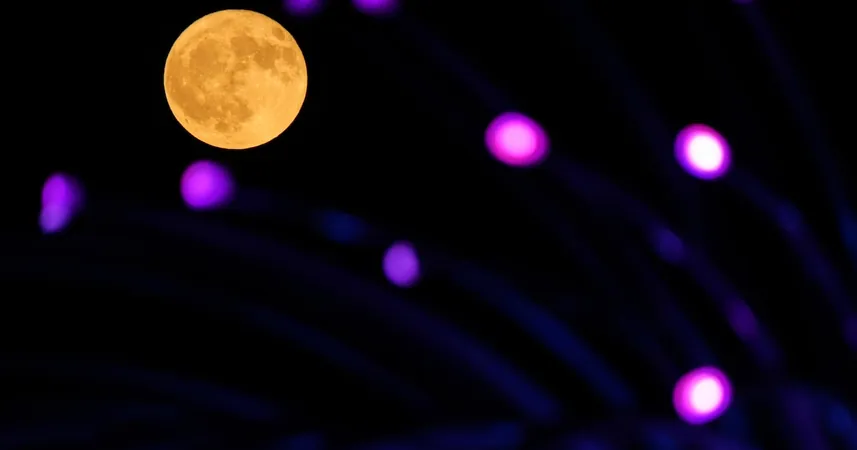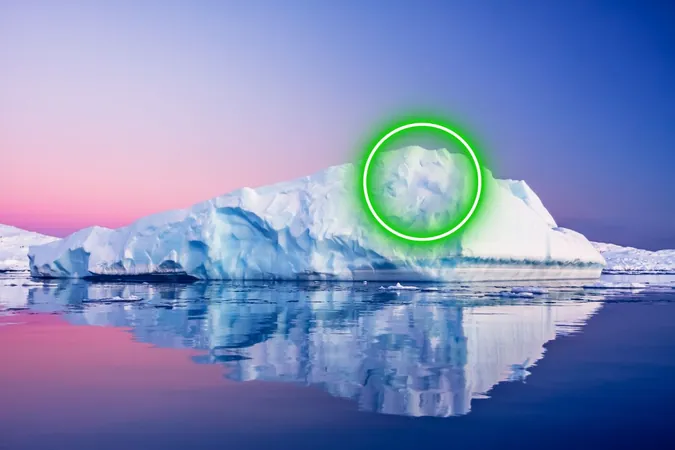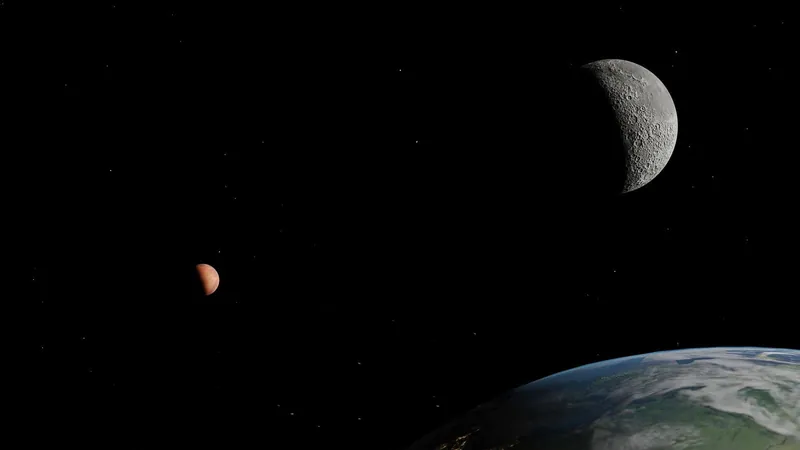
Unraveling the Mysteries of Mars' Mysterious Moons: Phobos and Deimos!
2025-06-29
Author: Sophie
A Summer Night's Discovery
On a warm summer night in 1877, American astronomer Asaph Hall peered through his telescope in Washington, D.C., with a burning question: Does Mars have a moon? As fate would have it, during his search when Mars was at its closest to Earth, Hall discovered not one, but two moons, naming them Phobos and Deimos, the twin embodiments of "terror" and "panic" from Greek mythology, parents Ares and Aphrodite (known as Mars and Venus in Roman lore).
The Tiny Twins: Size Matters!
Unlike our robust moon, which spans a hefty 2,159 miles (3,475 kilometers), Phobos and Deimos are mere specks in the vast cosmic playground. Phobos averages just 14 miles (22 km) across, while its smaller sibling, Deimos, measures around 7 miles (12 km). Their irregular, potato-like shapes and dark textures resemble that of new asphalt, making them truly unique.
Not Quite Moons? More Like Asteroids!
Traditionally, a moon is defined as a naturally-formed body revolving around a planet, but many scientists argue that these diminutive celestial bodies resemble asteroids more than moons due to their peculiar shapes. Some theorize that Phobos and Deimos might have originally been asteroids captured by Mars. Others propose they formed from debris after a colossal collision with the planet, reminiscent of how Earth’s moon came to be.
The Great Debate: How Did They Form?
The question of how Mars’ moons came into existence remains a hot topic in the scientific community. While some spectral analyses hint that their composition aligns with asteroids, the odds of Mars capturing two of them seem slim due to its relatively weak gravitational pull. Moreover, data from the Hope Emirates Mars Mission suggests distinct compositions for the two moons, adding another layer of complexity to their origin story.
Exciting Discoveries Ahead!
But hope is on the horizon! Japan’s Martian Moons Exploration (MMX) mission, slated to launch in 2026, aims to unlock the secrets of these enigmatic moons. With plans to explore Phobos and return a sample to Earth, scientists eagerly await insights that could determine whether they were once asteroids or fragments of early Mars.
A Potential Window into Early Mars!
If the Phobos sample reveals it is indeed a product of a collision with Mars, it may illuminate the planet’s early conditions, potentially hinting at its capability to harbor extraterrestrial life. As Edwards points out, these samples could be vital clues about a time when Mars may have supported life.
Stay Tuned for Groundbreaking Discoveries!
The coming years promise thrilling revelations about Mars' moons, providing a deeper understanding of not just their origins, but also Mars' fascinating history!









 Brasil (PT)
Brasil (PT)
 Canada (EN)
Canada (EN)
 Chile (ES)
Chile (ES)
 Česko (CS)
Česko (CS)
 대한민국 (KO)
대한민국 (KO)
 España (ES)
España (ES)
 France (FR)
France (FR)
 Hong Kong (EN)
Hong Kong (EN)
 Italia (IT)
Italia (IT)
 日本 (JA)
日本 (JA)
 Magyarország (HU)
Magyarország (HU)
 Norge (NO)
Norge (NO)
 Polska (PL)
Polska (PL)
 Schweiz (DE)
Schweiz (DE)
 Singapore (EN)
Singapore (EN)
 Sverige (SV)
Sverige (SV)
 Suomi (FI)
Suomi (FI)
 Türkiye (TR)
Türkiye (TR)
 الإمارات العربية المتحدة (AR)
الإمارات العربية المتحدة (AR)